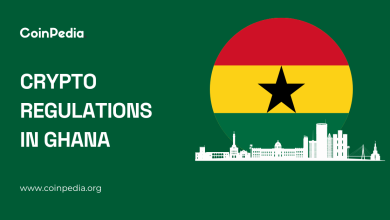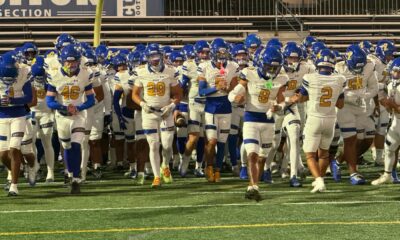Science
Streaming Ads Delay Live Sports, Frustrating Fans and Players

The rise of streaming platforms has transformed the way fans engage with sports, but it has also introduced significant challenges. Recent findings reveal that extended commercial breaks on platforms like ESPN are causing live sports broadcasts to lag behind actual game time. This delay has raised concerns among viewers, particularly those invested in the outcomes of games.
According to DJ Bean, a former hockey reporter and host of the podcast What Chaos!, commercial breaks on the ESPN app significantly exceed those on traditional cable television. He reported that viewers may find themselves up to three minutes behind the live action after watching a game for an extended period. This is particularly troubling for fans who rely on timely updates, especially in high-stakes scenarios like betting.
In an analysis of NHL broadcasts, Bean noted that the typical commercial spot on ESPN can last over two minutes. He documented his experience, showing how he became a minute and twenty seconds behind the actual game after just two periods. His reaction reflects the frustration many fans feel: “Unbelievable,” he remarked. “I’ve blown this wide open.”
Ad Breaks and Streaming Regulations
The discrepancy between streaming ads and traditional cable commercials stems from regulatory differences. The Federal Communications Commission (FCC) oversees the timing of commercial breaks on cable TV, enforcing strict limits on ad duration. In contrast, streaming platforms operate in a less regulated environment, with no such restrictions imposed by Congress. This lack of oversight allows streaming services to extend ad breaks at their discretion, leading to significant delays.
ESPN acknowledged the issue in a statement to the sports industry publication Awful Announcing. The network expressed awareness of the problem and stated it is exploring ways to enhance the user experience. “On select Smart TVs, the ESPN app video player is designed to return buffering streams to the point of interruption,” the statement explained. “However, this behavior also applies to ad breaks, leading to potential delays for viewers.”
With the NHL season in full swing and the NBA season commencing soon, ESPN faces mounting pressure to resolve these lag issues. Fans expect a seamless viewing experience, and prolonged ad breaks threaten to undermine the excitement of live sports. As the industry evolves, ensuring that streaming services keep pace with traditional broadcasts will be crucial to maintaining audience satisfaction.
In a world where sports fans are accustomed to instant updates and real-time action, the implications of these delays are significant. For many, the thrill of watching a game live is diminished when the broadcast fails to keep up with the on-field action. The stakes are high, not just for viewers but for the networks themselves as they navigate the balance between advertising revenue and viewer experience.
As the situation unfolds, fans will be watching closely for improvements. If platforms like ESPN can find effective solutions, they may restore some of the immediacy that viewers crave in their sports broadcasts.

-

 Business4 days ago
Business4 days agoUK to Finalize Stablecoin Regulations by 2026, Boosting Crypto Sector
-

 Business5 days ago
Business5 days agoU.S. and U.K. Target Cybercriminal Networks, Seize $15 Billion
-

 Lifestyle5 days ago
Lifestyle5 days agoKISS OF LIFE’s Natty Dazzles in Micro-Shorts at Seoul Event
-

 World4 days ago
World4 days agoMilitary Artillery Plan Sparks Safety Concerns Along California Highway
-

 World5 days ago
World5 days agoTrump Signals Reluctance to Sell Tomahawk Missiles to Ukraine
-

 Business5 days ago
Business5 days agoCalifornia to Eliminate All Plastic Bags from Stores by 2026
-

 Entertainment5 days ago
Entertainment5 days agoLouisiana Senate Raises Concerns Over Medicaid Cuts Amid New Bill
-

 Sports5 days ago
Sports5 days agoDomenico Doran’s Stellar Performance Leads Bishop Amat to Victory
-

 Entertainment5 days ago
Entertainment5 days agoUtah Communities Rally as Government Shutdown Strains Resources
-

 Science2 days ago
Science2 days agoAncient Dinosaur Discovery in Argentina Reveals Evolutionary Insights
-

 Sports5 days ago
Sports5 days agoTrade Low, Trade High: Key NHL Players to Consider Now
-

 Health2 days ago
Health2 days agoUncovering the Hidden Link Between Knee Pain and Hip Issues








